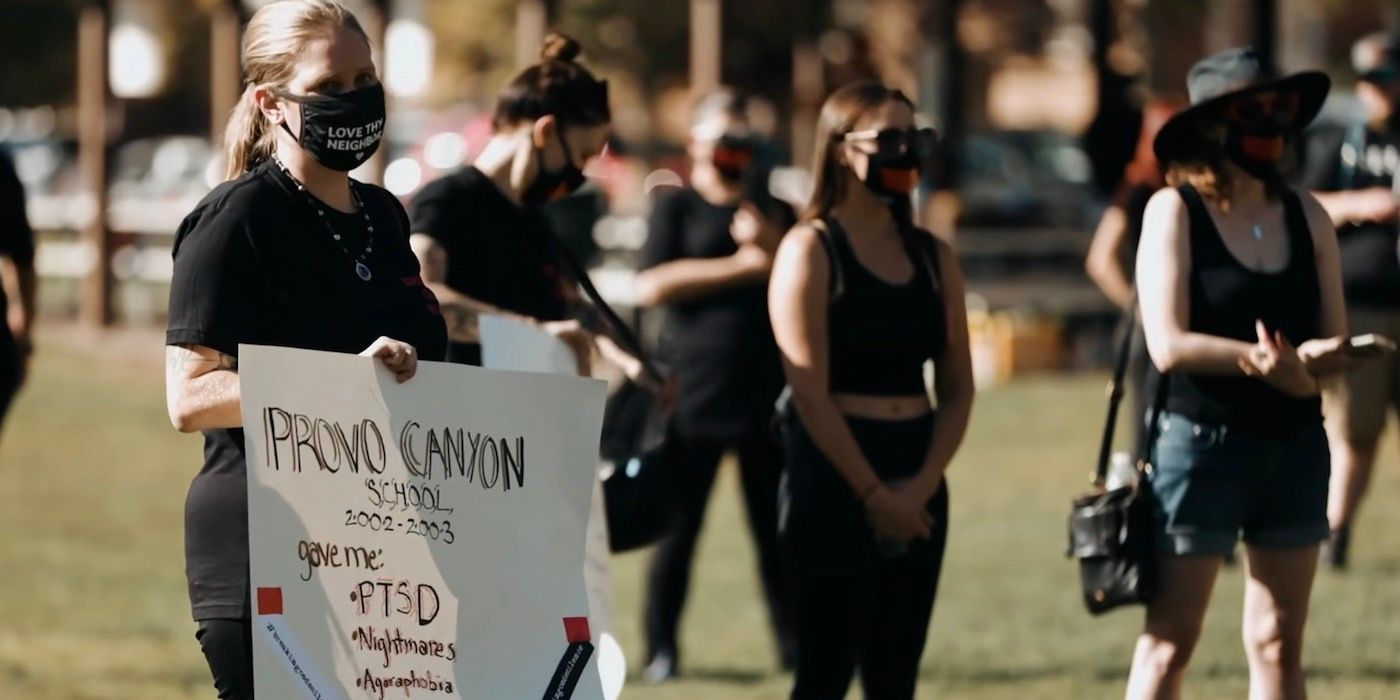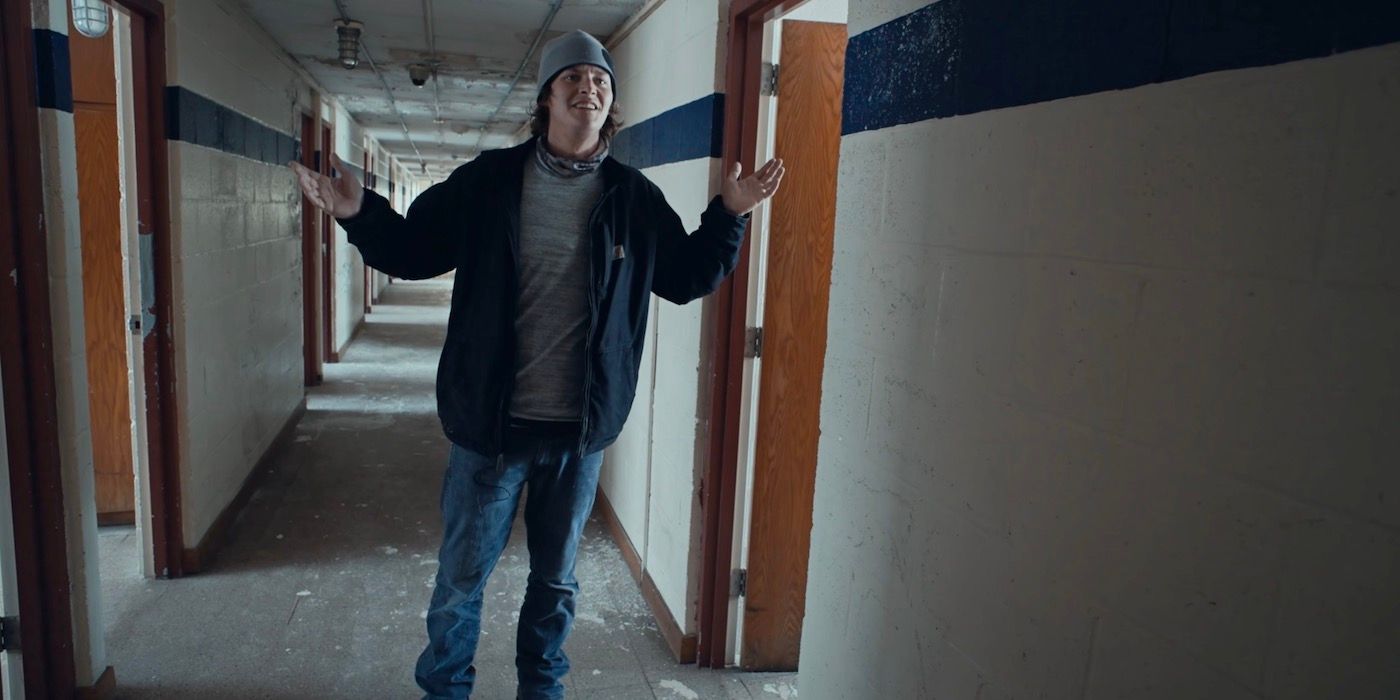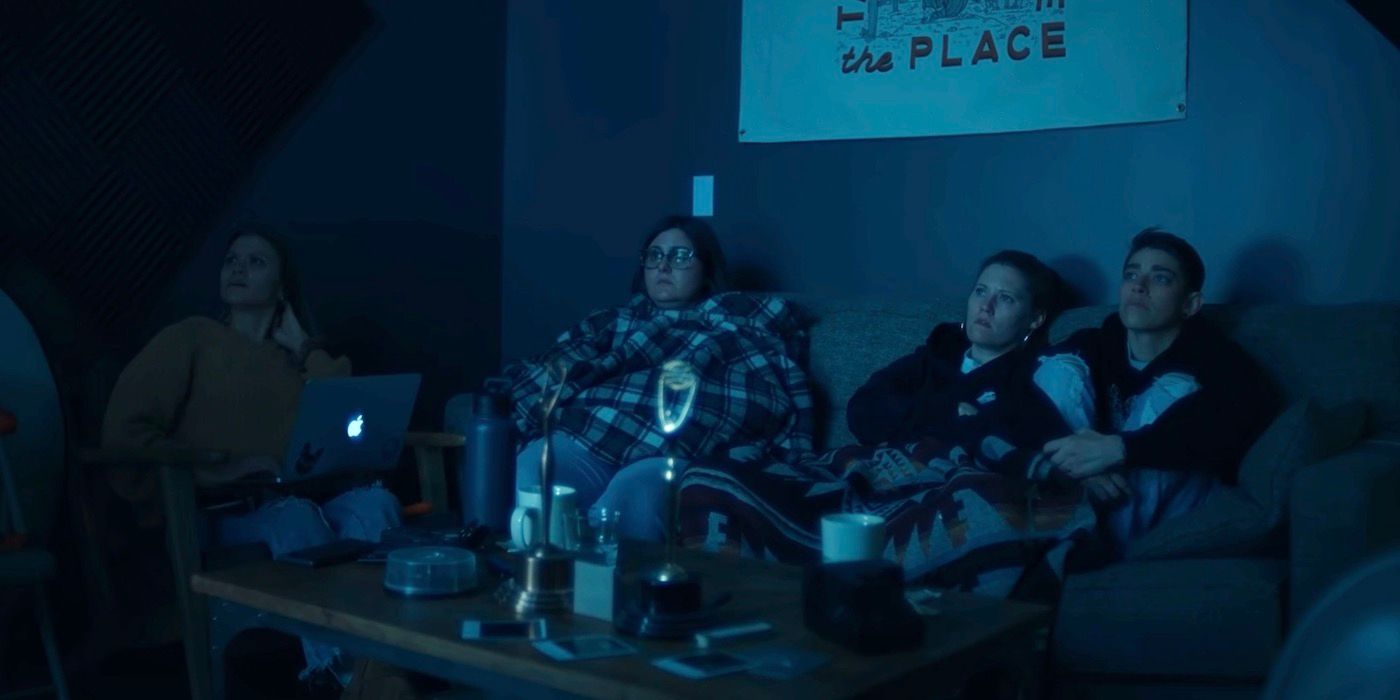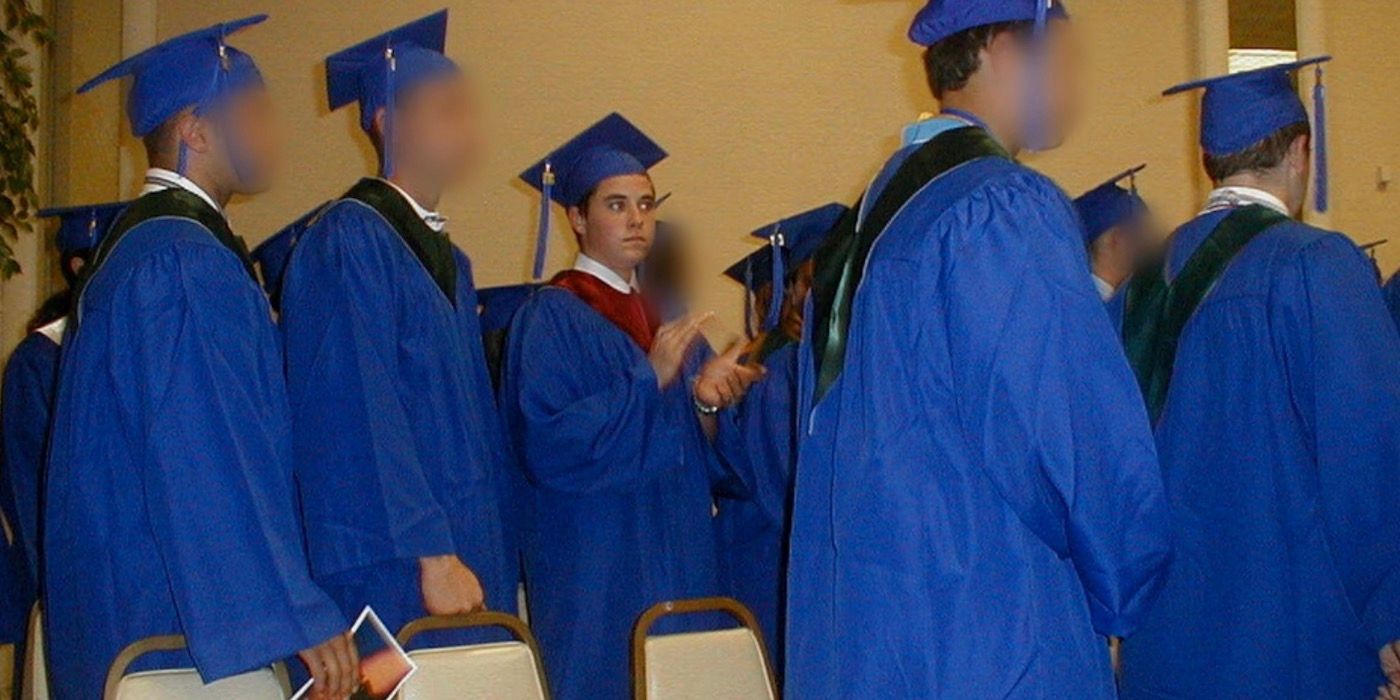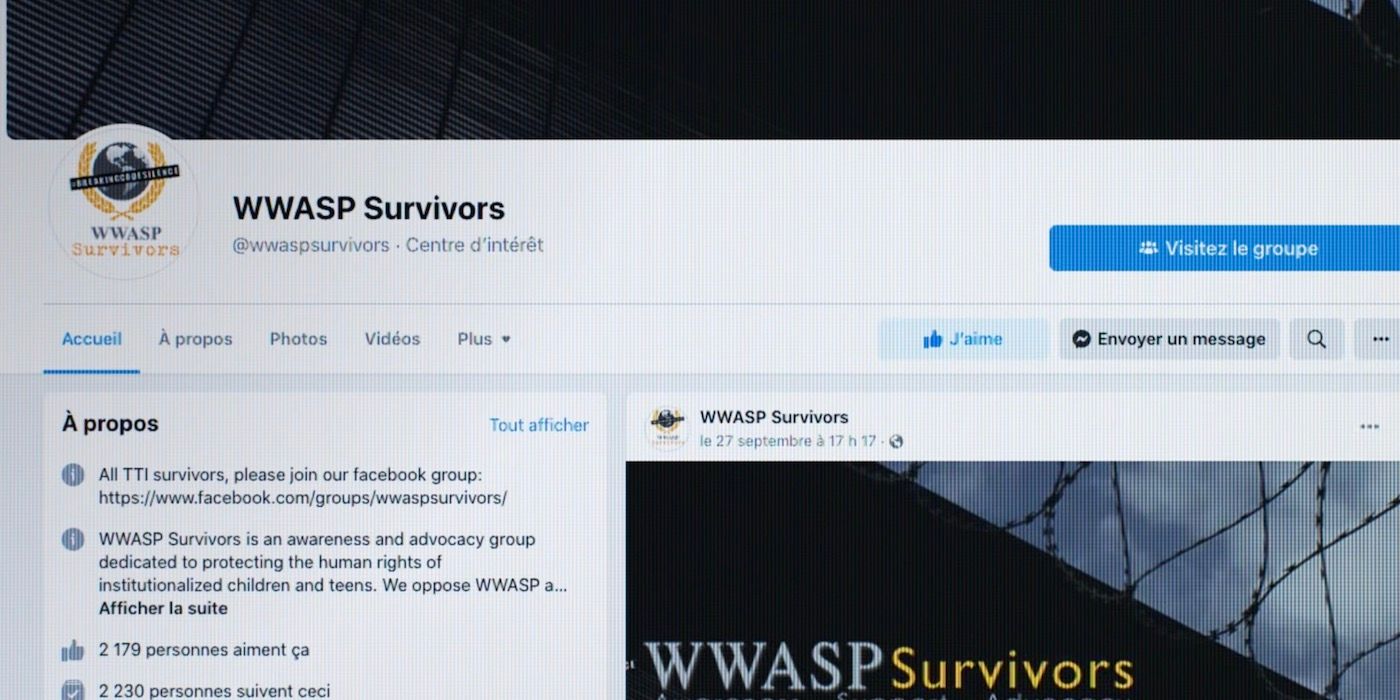
10 Most Shocking Reveals From Netflix’s The Program Documentary
Summary
- Other facilities under WWASP also mistreated attendees, like Ivy Ridge.
- Attendees were sent to Ivy Ridge as teenagers, disrupting their lives through multiple forms of abuse.
- Strict rules and impossible levels made it hard for attendees to graduate.
Netflix’s documentary series, The Program: Cons, Cults, and Kidnapping reveals horrifying details about what happened inside the Academy at Ivy Ridge, told from the perspective of former attendees. Directed by Katherine Kubler, The Program details the typical experience of an Ivy Ridge attendee. Though Ivy Ridge was marketed to the public as a boarding school that aimed to reform troubled teens, something much darker was happening inside.
Ivy Ridge was run by the World Wide Association of Specialty Programs and Schools (WWASP), an organization that overlooks a variety of facilities similar to Ivy Ridge. Many of these other facilities have been shut down in the past due to reports of mistreatment towards attendees. Yet, even with these truths brought to light, the details about abuse and misuse of power that are discovered in The Program are shocking as Katherine and her classmates relive the past.
This article contains mention of abuse towards minors.
10 Multiple Academies Were Opened By WWASP
The mistreatment was not unique to Ivy Ridge
The abuse towards attendees at Ivy Ridge was horrific, but not exclusive to that one location. The Academy of Ivy Ridge was a behavioral institution under a larger organization known as WWASP. The Program reveals WWASP’s many institutions across the world, with locations including Utah, Costa Rica, and Mexico. Through research and testimonials from survivors, it’s revealed the methods of abuse were systemic and carried out similarly across multiple institutions. As mentioned in The Program, attendees from one of these sister schools, Casa by The Sea, were sent to Ivy Ridge after the former was shut down by the government.
9 Students Were Sent As Teenagers
Attendees were sent to Ivy Ridge at a young age
In The Program, Kubler recounted her experience getting sent to Ivy Ridge, identifying it as a kidnapping. At the request of their parents, many attendees at Ivy Ridge were suddenly uprooted and transported to the academy, often being pulled out of their homes or traditional schools. Each institution under WWASP has different age ranges, but at Ivy Ridge, most sent were approximately 16 years old. The methods of abuse put into place at Ivy Ridge were enough to scar anybody but were especially detrimental to the attendees at Ivy Ridge as they were in the formative years of brain development.
|
Attendee’s Name |
Age They Were Sent Away |
Time Spent In The Program |
|
Katherine |
16 years old |
15 months |
|
Alexa |
15 years old |
22 months |
|
Dominick |
16 years old |
18 months |
|
Molly |
14 years old |
16 months |
|
Allison |
15 years old |
22 months |
|
Juan |
15 years old |
21.5 months |
|
Katie |
13 years old |
19 months |
|
Sean |
15 years old |
2 years |
|
Caroline |
14 years old |
29 months |
|
Quintin |
15 years old |
8 months |
8 A Riot Was Planned
Attendees made a plan to escape
The Program revealed an escape plan constructed by the boy’s section at Ivy Ridge. Quintin and his friends decided the best option would be to destroy Ivy Ridge’s computer lab, effectively shutting down the institution. However, amid the chaos, many attendees fled to other parts of the building rather than sticking to the original plan.
Kubler asked Quintin to compare jail to Ivy Ridge, in which he described it as a “five-star Hilton Hotel.”
Approximately 30 attendees were able to escape, but they were caught, and 12 attendees were charged and put in jail, while the others were returned to Ivy Ridge. Quintin was among the 12 who were arrested and spoke highly of his time in jail. In The Program, Kubler asked Quintin to compare jail to Ivy Ridge, in which he described it as a “five-star Hilton Hotel.”
7 Strict Rules To Adhere To
Stern rules were set to keep attendees well-behaved
In addition to the physical abuse endured by the attendees at Ivy Ridge, there was mental and emotional abuse in the form of strict rules everyone was expected to follow. Kubler mentioned there were various oppressive rules put in place, but a few specific ones she mentioned were: no looking out the windows, no communication with other attendees, no eye contact with the opposite sex, using the restroom with the door open and a staff member watching, and walking in a military line structure. Kubler and fellow attendees featured in The Program described these rules as overbearing and damaging.
6 Impossible Levels To Advance To
Graduation meant each level was passed
Attendees who broke the rules at Ivy Ridge were deducted points and brought down a level, extending their time in the program. There were six levels that attendees needed to pass to be considered a graduate, therefore completing the entire program. Along with rule-following, attendees hoping to graduate were expected to convince the institution that they bought into the ideologies established at Ivy Ridge. Alexa, a former attendee, reached an upper level and became a fellow enforcer of rules and, in The Program, reflects on her mistreatment of other kids because of this.
5 False Confessions Were Made By Attendees
Attendees often confessed to things they did not do
It wasn’t rare that attendees would be falsely accused of having positive results on their drug tests. No matter how adamant they were about their inexperience with drugs, they were pressured into making false confessions about their supposed habitual drug use. Otherwise, they would be held back in the program. This tactic was used as leverage by the staff at Ivy Ridge and was another way to mentally harm attendees. Alexa also dealt with this and, until the present day, she was unable to convince others of her innocence. Part of The Program shows Alexa finding her drug test labeled, “NEGATIVE.”
4 Seminars Were Held For Attendees
False behavioral changes were promoted
Another form of manipulation and trauma attendees at Ivy Ridge faced was through seminars. The Program reveals that these seminars were held every four to six weeks and were required to graduate from the program. During these seminars, attendees were forced to participate in a variety of “activities” that were meant to exhaust the kids both mentally and physically. Some of the actions mentioned in The Program were repetitive and made it easier to mold attendees’ behavior or attitude to fit with Ivy Ridge’s rules. Alexa and Allison recalled hand movements they were forced to repeat for eight hours.
3 Parents Praised Ivy Ridge Via Bulletin Board
Bulletin boards were used to pull more parents in
The parents of attendees were also manipulated by Ivy Ridge in a handful of ways. This included the use of a Bulletin Board Service (BBS), in which parents who were supportive of Ivy Ridge posted positive things about the institution. The board was monitored by staff, but the goal was to create a false sense of positivity and effective results coming from Ivy Ridge. Not only did this system bring in outside parents who were unsure of whether they should send their kids, but it also manipulated uneasy parents into thinking they were alone in their skepticism.
Former attendees were still being monitored
By the time the attendees featured in The Program had either graduated or been pulled from Ivy Ridge, Myspace was rising in popularity. Many attendees created profiles and while investigating for the documentary series, Kubler discovered their profiles were being tracked by Ivy Ridge staff. In an email sent by Ivy Ridge’s former PR Coordinator, Tom Nichols said, “students who frequent these hate sites (My Space) and blister us verbally or in writing.” Tabs were kept on the former attendees so staff could be aware if any lawsuits were being formed.
1 Similar Institutions Are Still In Place
Different institutions are opened under other names
In her narration at the end of The Program, Kubler makes a point to remind audiences that the “story isn’t over,” and that institutions and programs similar to Ivy Ridge are still in place today. Robert Lichfield, the founder of WWASP, has kept the business close, involving multiple family members. This practice ensures secrecy and additional institutions to be established under other names, not just WWASP.
Despite multiple hearings that exposed the abusive treatment, no significant change has been made.
No matter how many “schools” are shut down, another one is created shortly after. Despite multiple hearings that exposed the abusive treatment, no significant change has been made. Throughout The Program, Kubler and others expressed hope that the series would bring these horrors to light and encourage audiences to join their fight to shut down these programs altogether.

